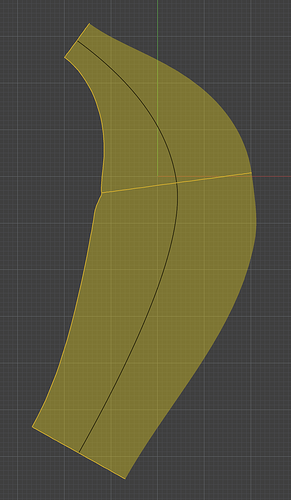when i use pipe with different radii (i used the same at the beginning and at the end plus one larger one along the curve) on a degree 2 curve i get kinks all over the pipe, not so when i use a degree 3 curve. i checked that was/is also the case in v7, so i assume that is a limitation of degree 2 curves in combination with pipe?
What do you mean by “kinks” - surfaces not tangent?
i mean that when i use a degree3 or higher curver as input for pipe i get a continuous surface, with a degree2 curve as input the surface gets fragmented. here the one on the left consists of 5 surfaces.
in an earlier experiment the extracted isocurve indeed had a kink though continuous (at least so i thought), so that is where this came from, i will see if i can produce that one either. but so far there seems to be a difference in general anyway.
@davidcockey there you go, here an example where pipe surface(s) are not tangent to each other. i cant find anything suspicious with this curve, seems more like a bug to me.
pipe not tangent.3dm (34.4 KB)
Disclaimer - I am not associated with McNeel other than as a Rhino customer and user, and as a participant in this forum. My understanding of how Rhino works is based on observations and general knowlede of 3D modeling math and algorithms.
The “kink” is almost tangent. EdgeContinuity shows a maximum tangency deviation of 0.07 degrees.
Summary: The “kink” appears to be caused by a combination of several factors: degree 2 rail curve, variable radius set at internal locations, a radius set at location close to but not at to a rail curve knot, and , input radius only slightly smaller than the rail curve radius in that vicinity, and how the Pipe command deals with these factors.

